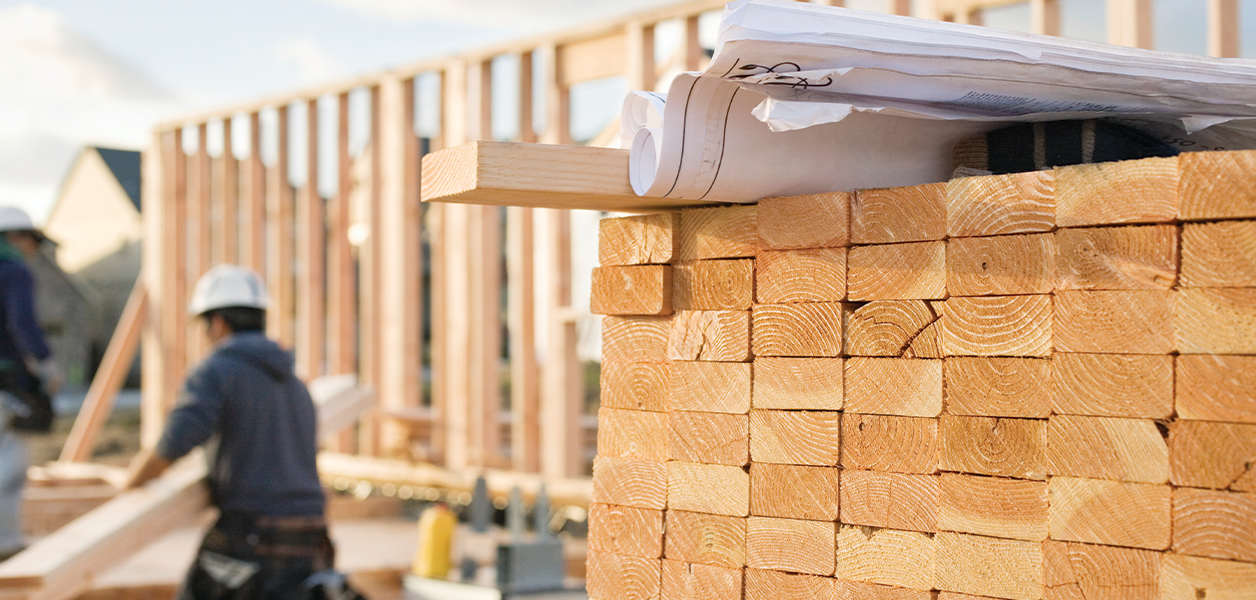Construction material prices rose 3% in March and are up 24.4% on a year-over-year basis, according to www.abc.org.
Nonresidential construction material prices rose 2.8% from February to March and increased 25% compared with one year ago. Softwood lumber prices are up 22.9% year-over-year and 7.6% from February to March. Iron and steel prices are up 36% year-over-year and up 1.4% for the month. Natural gas fell 30.1% from February to March but is up 201.2% since February 2020. Crude petroleum climbed 7.2% for the month and is up 101.7% since February 2020.
“Consumers are right to complain about inflation, which has been north of 8% during the past year,” said ABC Chief Economist Anirban Basu. “But America’s contractors have experienced materials price inflation nearly three times that during the same period. For now, there are few signs of relief. Many prices rose on a monthly basis in March, reflecting ongoing upward price momentum, including iron and steel (1.4%), key roofing materials (1.6%) and nonferrous wire and cable (4.4%).
“For contractors, this is not where the inflation narrative ends,” Basu continued. “Despite recent growth in the nation’s labor force participation rate, contractors continue to contend with shortages of skilled construction workers. Supply chain setbacks related to the spread of another omicron variant along with the Russia-Ukraine war will also affect equipment availability. The latest ABC Construction Confidence Index survey indicates that approximately three in four contractors have suffered an interruption in delivering construction services in recent months. These challenges will persist.”
Basu said there is another significant consideration for contractors.
“With inflation running hot, the Federal Reserve will have to work even harder to slow the economy to trim price pressures and expectations,” he said. “Recession risks are accordingly rising, and while that is unlikely to affect the level of contractor activity in the near term, that could eventually set the stage for a period when demand for construction services declines.”





